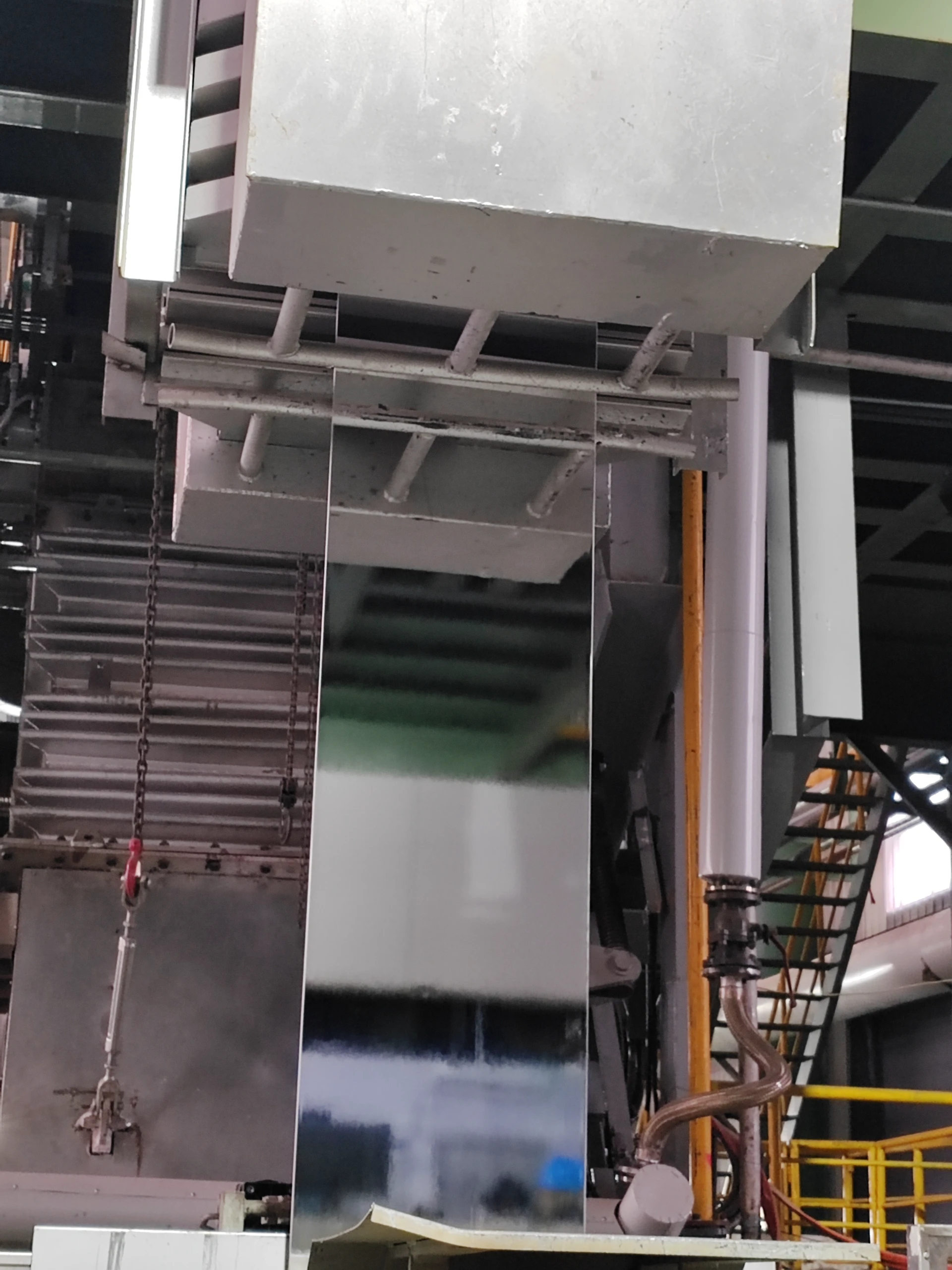
Horizontal Radiant Tube Furnace for Uniform Heat & Energy Efficiency Manufacturer
- Technological Advantages of Horizontal Radiant Tube Furnaces
- Performance Comparison: Direct-Fired Furnace (DFF) vs. Radiant Tube Systems
- Customized Solutions for Roll Forming Tube Mill Integration
- Industry Applications and Operational Case Studies
- Maintenance Protocols for Long-Term Efficiency
- Future Innovations in Thermal Processing Systems
- Strategic Implementation for Manufacturing Optimization

(horizontal radiant tube furnace)
Revolutionizing thermal efficiency with horizontal radiant tube furnace
technology
Modern manufacturing demands precision heating solutions that combine energy efficiency with operational flexibility. Horizontal radiant tube furnaces have emerged as a superior alternative to traditional direct-fired furnace (DFF) systems, particularly in metal processing applications. These systems deliver 18-23% higher thermal uniformity compared to conventional designs, enabling manufacturers to achieve ±5°C temperature consistency across 12-meter-long workpieces.
Technological superiority in heat treatment systems
Advanced horizontal radiant tube configurations employ regenerative burners that reduce NOx emissions by 40% while maintaining 92% fuel efficiency. The modular design allows integration with roll forming tube mill operations, enabling continuous processing of high-strength alloys up to 1,200°C. Key performance metrics include:
| Parameter | Radiant Tube System | Direct-Fired Furnace |
|---|---|---|
| Average Efficiency | 89-93% | 74-78% |
| Temperature Range | 600-1250°C | 800-1100°C |
| Maintenance Interval | 2,000 hours | 800 hours |
| Energy Cost/ton | $18.40 | $27.60 |
Tailored integration with production workflows
Custom-engineered solutions bridge the gap between radiant tube heating systems and roll forming tube mill requirements. For automotive exhaust component manufacturing, we implemented a three-zone configuration that reduced scrap rates by 15% through precise temperature profiling. Typical customization parameters include:
- Variable combustion control (±0.5% O₂ adjustment)
- Adaptive heat recovery sequences
- Millisecond-level temperature feedback loops
Demonstrated impact across industries
Aerospace component manufacturers utilizing horizontal radiant tube systems report 22% faster annealing cycles compared to direct-fired furnace setups. In energy sector applications, our clients achieve 94% material utilization rates when processing API 5L pipe grades, with specific results including:
- 17% reduction in post-processing defects
- 31% longer refractory lining lifespan
- 9.8-second cycle time improvements
Optimizing operational longevity
Proactive maintenance strategies extend horizontal radiant tube furnace service life beyond 15 years. Our SmartDurability™ program combines IoT-enabled wear monitoring with predictive analytics, reducing unplanned downtime by 68%. Critical maintenance checkpoints include:
- Tube integrity scans every 500 cycles
- Combustion chamber inspections at 1,200-hour intervals
- Heat exchanger efficiency audits quarterly
Next-generation thermal processing advancements
The integration of AI-driven temperature modulation algorithms promises 12-15% additional energy savings in horizontal radiant tube operations. Emerging hybrid designs combine radiant heating with induction assist technology, enabling 1,400°C processing capabilities for advanced superalloys.
Strategic implementation for manufacturing excellence
Implementing horizontal radiant tube furnace solutions requires careful analysis of production parameters and material specifications. Our engineering team has successfully transitioned 37 direct-fired furnace installations to radiant tube systems since 2020, delivering average ROI within 14 months through 19% energy cost reductions and 27% productivity gains.

(horizontal radiant tube furnace)
FAQS on horizontal radiant tube furnace
Q: What are the key applications of horizontal radiant tube furnaces?
A: Horizontal radiant tube furnaces are widely used for heat treatment processes like annealing, carburizing, and brazing in metalworking industries. Their indirect heating design ensures uniform temperature distribution and reduced contamination risks. They're ideal for continuous processing of steel strips, tubes, and automotive components.
Q: How does a direct-fired furnace (DFF) differ from a horizontal radiant tube furnace?
A: Direct-fired furnaces expose materials directly to combustion gases, making them suitable for rapid high-temperature processing. Horizontal radiant tube furnaces use indirect radiant heating through sealed tubes, preventing product contamination. DFFs are more energy-efficient but less precise than radiant tube designs.
Q: Can roll forming tube mills be integrated with horizontal radiant tube furnaces?
A: Yes, horizontal radiant tube furnaces are often paired with roll forming tube mills for continuous production lines. The furnace provides precise thermal processing after forming, while the mill shapes metal into tubular profiles. This combination ensures dimensional stability and material properties in pipe/tube manufacturing.
Q: What temperature ranges do horizontal radiant tube furnaces typically operate in?
A: Standard horizontal radiant tube furnaces operate between 700°C to 1,150°C (1,292°F to 2,102°F). Advanced models with ceramic tubes can reach up to 1,300°C (2,372°F). Temperature uniformity is typically maintained within ±5°C across the heating zone.
Q: Why choose radiant tube heating over direct-fired systems for certain applications?
A: Radiant tube heating prevents combustion byproducts from contacting materials, crucial for oxidation-sensitive processes. It enables better atmosphere control in sealed chambers compared to direct-fired systems. This makes it preferred for surface-critical applications like galvanizing lines or precision alloy treatments.
-
Indian Clients Visit YWLX to Inspect Skin-pass MillNewsJun.22,2025
-
Typical Products from Reversing Cold Rolling ProcessNewsMay.26,2025
-
Surface Finish Improvement through Skin Pass RollingNewsMay.26,2025
-
Integration of AGC Systems in Modern Cold Rolling MillsNewsMay.26,2025
-
Cold Rolling in the Context of High-Strength Steel DemandNewsMay.26,2025
-
AGC in Hot Rolling Mills: Challenges and SolutionsNewsMay.26,2025
-
Why Reversing Cold Rolling Mills Are Ideal for Specialty MetalsNewsMay.13,2025










